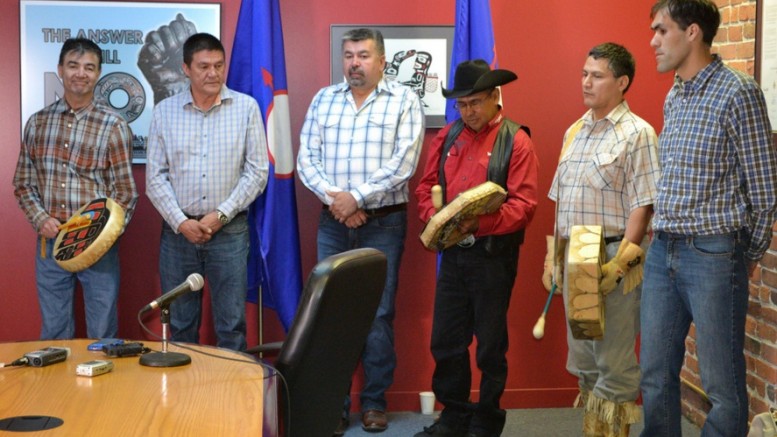While Mr. Dirom’s recent opinion piece, “B.C. explorers need reliable access to land to make discoveries” (T.N.M., Jan. 25-31, 2016) raises valid concerns, he offers only the same tired and outdated responses that are actually hindering effective development in this province.
In fact, “reliability” of access to land can only be created by forming strong partnerships and understandings around those very things that are now viewed as barriers.
Any significant decision about land use calls a number of interests and stakeholders into play. The most urgent challenge facing the mining industry today is the acknowledgment of First Nations as a third level of government. Our cultural connection to the land, unresolved land claims, our vision for the future and Aboriginal rights and title lands must be factored into the availability of subsurface rights.
The current free entry system chooses to operate within a vacuum, ignoring the very issues that, if resolved in a collaborative way prior to staking claim, would save industry and taxpayers countless resources. Improving the regulatory system should not be done at the expense of land interests.
There are, and will be, areas that we, as First Nations, and non-First Nations communities consider far too sensitive — culturally, spiritually, environmentally — to develop into a full blown mine. This is a reality.
Working to understand the cultural, social and environmental factors that define these areas will create a reliable understanding of the context by which a mineral exploration and development may occur. Companies that embrace relationships with First Nations will excel in the future. These relationships must be in the form of full partnerships, beyond mere funding arrangements like impact and benefit agreements.
Exemplifying the need for understanding is the current tension between Amarc Resources’ Ike project and our Nation. This project is proposed in the headwaters of the Taseko River, in the same region where we successfully opposed the New Prosperity Mine — which was rejected in part because of its unacceptable impacts on Aboriginal culture and heritage. It would also fall within the heart of the Dasiqox Tribal Park.
These land use designations should be viewed as the path to certainty. The free-for-all created by the free entry system will only lead to more situations like what Ajax Mine in Kamloops, B.C., is currently facing.
A reliable understanding of what is not possible, if respected, can unlock what is truly possible. Our advice is to work with us or face a future of failed projects like New Prosperity Mine.
We must move past the doctrine of Terra Nullius (“Nobody’s land”). That may mean that some lands will be removed from what’s available for exploration, but it will also mean that many of the root causes of regulatory uncertainty will be removed.
We welcome AME BC and the B.C. mining industry to take a leadership role in resolving these issues in a proactive and positive way, working with First Nation communities.
Chief Joe Alphonse
Tribal Chairman Tsilhqot’in National Government





Be the first to comment on "Letter to the editor: Reliable access vs. reliable understanding in BC"